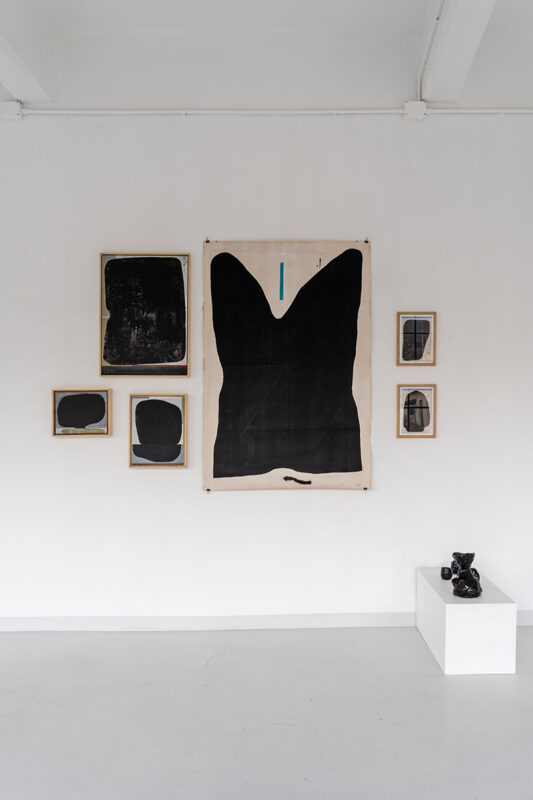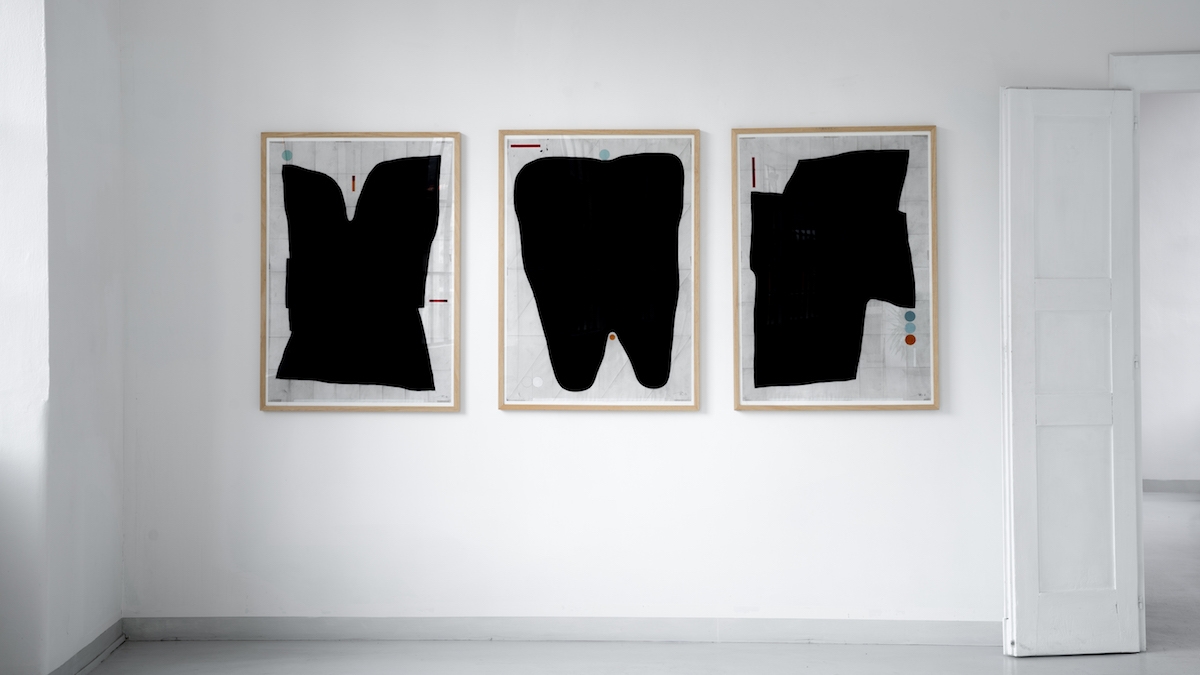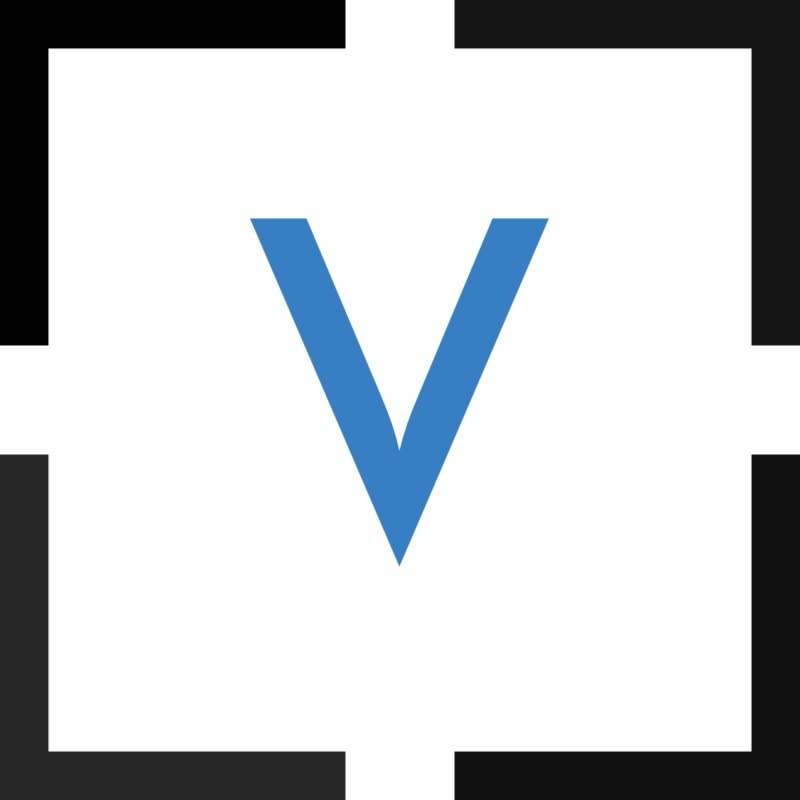INTERVIEW WITH 108
by Vera Canevazzi and Caterina Frulloni
1) Where do you live, where have you lived and where would you like to live?
I live in Alexandria, where I have my studio, and I lived for several years in Milan. For work I travel a lot, I would not mind in the future living in Venice or Berlin, which remains one of the most interesting cities.
2) How much has your artistic production changed over the years?
The total change was in the late 1990s, where at the Milan Polytechnic I discovered the writings of Vasily Kandinsky and Kazimir Malevich. When I came to Milan I changed my language, I started to experiment, even in music, I liked the idea of being represented by a number to de-personalize myself. So I decided to call myself 108: a sacred number for many Hindu texts, a pseudonym born almost as a joke, but behind which there are deeply spiritual motivations.
3) What are your critical reference texts?
The Spiritual in the Art of Kandinsky and Malevich's Suprematism are the ones I keep reading, where I always find something new, and which started me on the path to abstractionism. Their spiritual component, especially within the creative process, changed me. But also the film Decoder by Klaus Maeck, and his whole 80s underground world.
I am also interested in anthropology, including ancient and Eastern religions such as Japanese Shinto and Buddhist and more.
4) Who are your reference artists?
My favorite painter is Giovanni Segantini, also and especially for the subjects, for his man-nature relationship. Also Olivier Kosta Théfaine, who in his early graffiti period had started painting black logos. Hans Arp also influenced me, for his abstract irony, at once Dadaist and Surrealist.
5) What is your genre of music you belong to?
I grew up with '90s punk, a movement that brought great innovations, including the importance of self-production. But I was also greatly influenced by the work of Luigi Russolo with his 1913 manifesto The Art of Noise.
6) Are you a musician?
Yes, I had a punk band and I also played bass, but my instrument was the guitar. Now, however, I produce experimental, drone, ambient, noise music and use all kinds of instruments.
7) Where and how do you work? Are there any special conditions for entering the creative process?
I always listen to music when I'm painting; it's essential. Often the titles of the works come from something I'm listening to. I pathologize a little bit about the relationship with the audience, and I like to draw when I'm on the train. I need a situation where I go into a trance.
8) In the creative phase, how much do you act on instinct and how much are you planning?
I'm very instinctual, although I can't quite get rid of the design part. I often try in automatic drawings to draw without thinking, although there are often my own, mental rules that I try to follow. The taste for imperfection then is central to my work, because I like the process that brings me to a particular work to be seen.
9) How important are external influences (audience and space where you work)?
When I paint I don't think much about the fruition that a work will have, but I am influenced a lot by the culture of the country where I am. Interacting with the place then is fundamental, with the space and time that have passed through it, with its genius loci in short.
10) Does the dimension of chaos for you concern the creative process, the perception of reality, or culture in general?
I am chaotic, disorderly, but I am attracted at the same time to order and cleanliness, to tranquility. The universe then is chaotic, but there is a rationality that is incomprehensible to us, and in my painting there is a kind of attempt to find a balance in the disorder. Even finding a process that calms me down while painting is complicated, being an artist has amplified a part of me that is incapable of compromise.
11) Is chaos nothingness or disorder?
I use the term as a synonym for disorder, but in my production I am interested in the fact that you can see my black forms both as holes and as matter, but also as portals, in fact the influence of tantric paintings, which I discovered in the 2013 Venice Biennale curated by Massimiliano Gioni, was very powerful.
12) What is the invisible to you?
The invisible is what you can't get to, that you can't explain, and that's the function that art has for me, kind of like it was anciently in the mystery cults.



Interview given on the occasion of the exhibition
CAOS. The balance of painting
ANTONIO DE LUCA | 108 | MATTEO GIUNTINI
ZAION GALLERY Biella
FEBRUARY - MAY 2021
ART DIRECTOR: Zaira Beretta
CRITICAL TEXT AND INTERVIEWS: Vera Canevazzi and Caterina Frulloni

